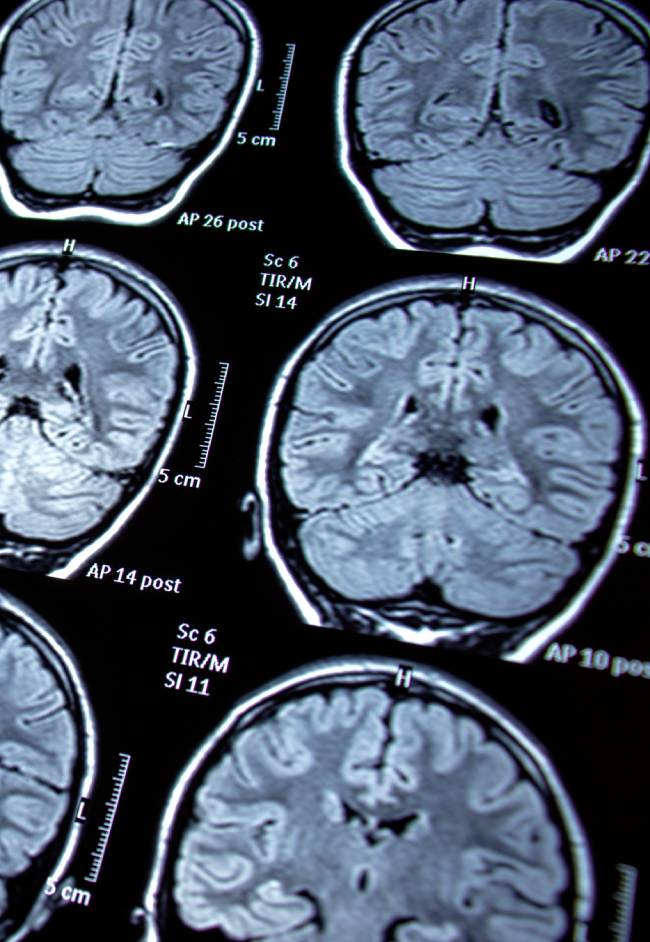Brain Aneurysm

A brain aneurysm is a weakened area in the wall of a brain artery. While many aneurysms are small and asymptomatic, they can grow or rupture, causing life-threatening bleeding known as a subarachnoid hemorrhage. While they start asymptomatic, patients with certain risk factors can have routine screening to check for signs. Symptoms of rupture include sudden, severe headache, nausea, vomiting, vision changes, seizures, or loss of consciousness, all that require immediate medical attention. Unruptured aneurysms may be detected incidentally or cause symptoms such as localized headache or nerve pressure effects.
Treatment Options
Treatment options include surgical clipping or minimally invasive endovascular coiling to prevent rupture. Patients with risk factors should undergo regular screening and make lifestyle adjustments to minimize their risk of an aneurysm.
